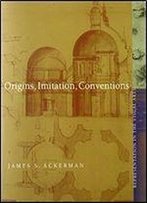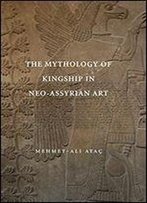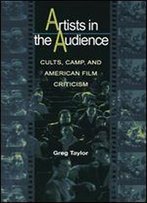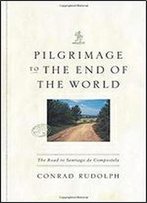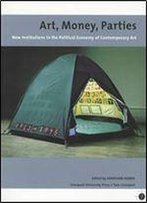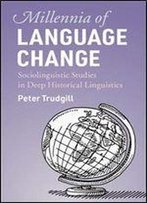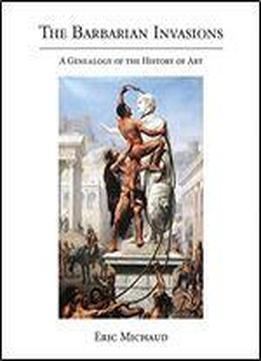
The Barbarian Invasions: A Genealogy Of The History Of Art
by Г‰ric Michaud /
2019 / English / PDF
14.5 MB Download
How the history of art begins with the myth of the barbarian invasionthe romantic fragmentation of classical eternity. The history of art, argues ric Michaud, begins with the romantic myth of the barbarian invasions. Viewed from the nineteenth century, the Germanic-led invasions of the Roman Empire in the fifth century became the gateway to modernity, seen not as a catastrophe but as a release from a period of stagnation, renewing Roman culture with fresh, northern bloodand with new art that was anti-Roman and anticlassical. Artifacts of art from then on would be considered as the natural product of races and peoples rather than the creation of individuals. The myth of the barbarian invasions achieved the fragmentation of classical eternity. This narrative, Michaud explains, inseparable from the formation of nation states and the rise of nationalism in Europe, was based on the dual premise of the homogeneity and continuity of peoples. Local and historical particularities became weapons aimed at classicism's universalism. The history of art linked its objects with racial groupsdenouncing or praising certain qualities as Latin or Germanic. Thus the predominance of linear elements was thought to betray a southern origin, and the painterly a Germanic or northern source. Even today, Michaud points out, it is said that art best embodies the genius of peoples. In the globalized contemporary art market, the ethnic provenance of workscategorized, for example, as African American, Latino, or Native Americancreates added value. The market displays the same competition among races that was present at the foundation of art history as a discipline.

